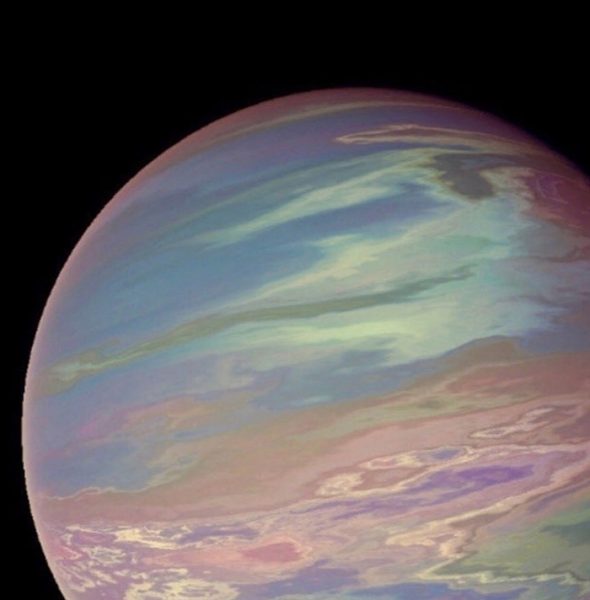
Posted on 08/21/2023 12:56:51 PM PDT by Red Badger
Heavy Metal Planet Ping!.....................
I read that and heard, “ Boobage” and Sammy Hagar.

Somewhere out there is a planet that has billions of tons of gold, silver, and platinum........................
Can someone please explain to me how they know that celestial bodies have light or heavy elements? What types of instruments do they use or is it a calculated math equation on a white board. I've never understood it.
I get the doppler affect that shows movement. I get the infra-red spectrum of light. I don't get this. Help.
I’m sure there is an equation to determine the mass based on it’s speed and distance from the host star...............
Astronomers forced to eat crow after discovering an unusual exoplanet in Corvus.

The plan is to land on the nearby sun to study the planet more closely, but do it at night.
Another day, another theory shot to Hades.
This is typical for a profession that needs undetectable things to make its theories work.
They could be Climatologists..................
Ah, don’cha just love settled science?
A phD student is considered an authority. The fact is that students and professors actually don’t really know how planets form. The only theory they have is the accretion disk theory. Everything starts from a swirling cloud of gas and dust that gets formed into balls that shrink until they squish down past solid and all the way to molten before cooling off at the surface. All the massive elements go down to the middle and all the light stuff ends up on the outside. After billions of years it seems very logical because you have given the matter time to sort its elements by mass. I am wondering what theory they will come up with after the precious accretion disk theory doesn’t offer a simple explanation.
I didn’t read where they ruled out planetary capture. An errant planet could have been captured by a star that could never have formed it.
Using spectroscopy you can measure the velocity oscillations of the host star and planet in the direction of the earth very very precisely. Based upon this you can determined the planets effect on the motion of the star and that gives you a measure of the relative mass. The masses of stars are generally determined from their luminosity since there is a very strong correlation between mass and luninosity for “main sequence” stars.
You can determine mass from velocity and distance but size would be difficult without knowing the density and elemental composition. Most matter in the universe is hydrogen and helium and that is most of what is out there. Something like 1 or 2 percent of the universe is anything other than hydrogen or helium and the majority of that is oxygen carbon and nitrogen. All the other elements are less abundant according to their nuclear composition with heavier elements being more and more scarce as they increase in mass. There is also a tendency towards elements with an even number of protons.
The Theory is already getting ‘silent holes’ - most solar systems are not like ours - the larger planets orbit close to their star, while ours orbit a long way out. Ours fits the accretion disc theory, everyone else does not.
Not to mention that you can determine the orbital periodicity by watching the red shift and blue shift over time.
Exactly. Watching the spectroscopy shits is how you determine the red shift/blue shift.
Disclaimer: Opinions posted on Free Republic are those of the individual posters and do not necessarily represent the opinion of Free Republic or its management. All materials posted herein are protected by copyright law and the exemption for fair use of copyrighted works.